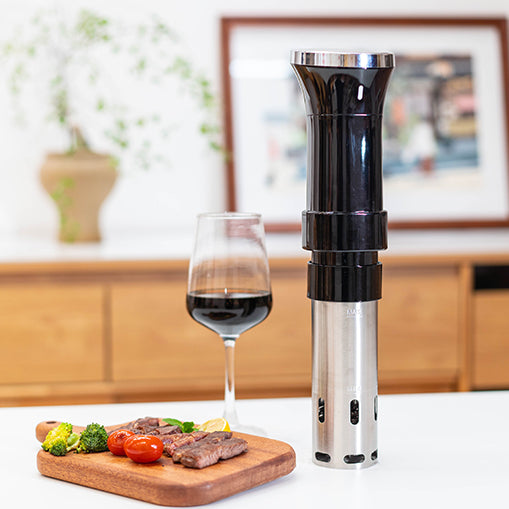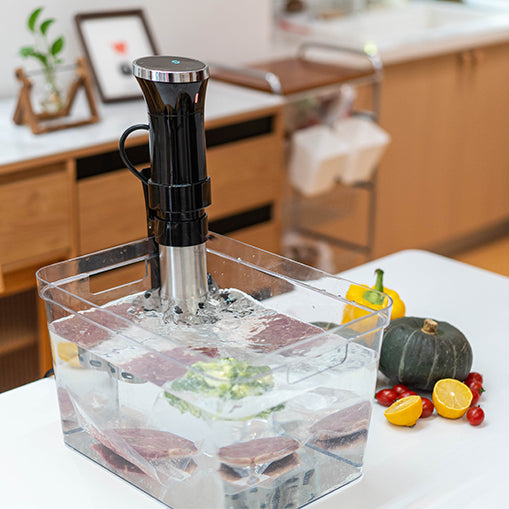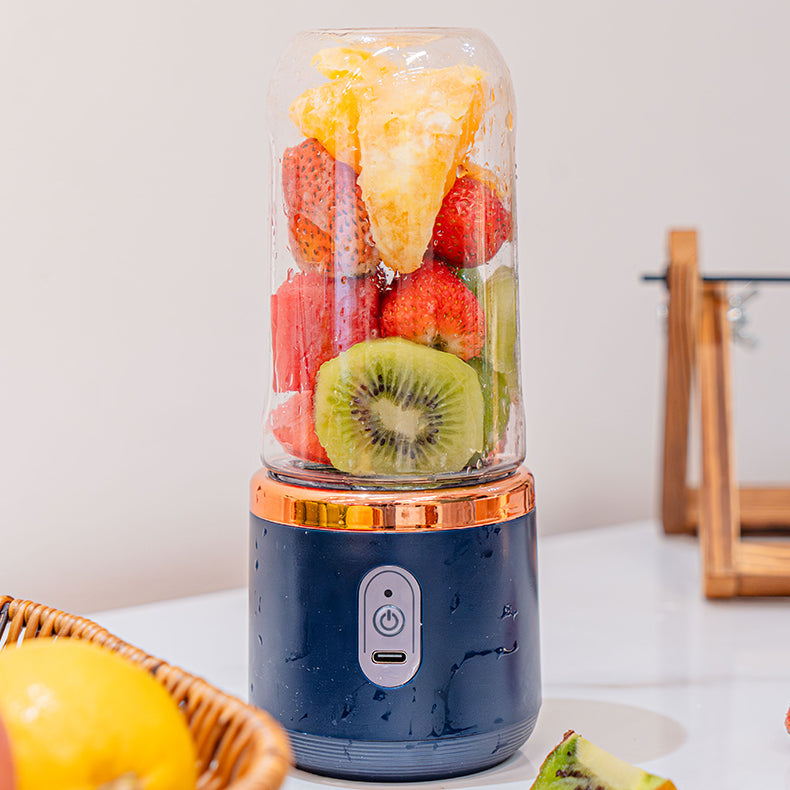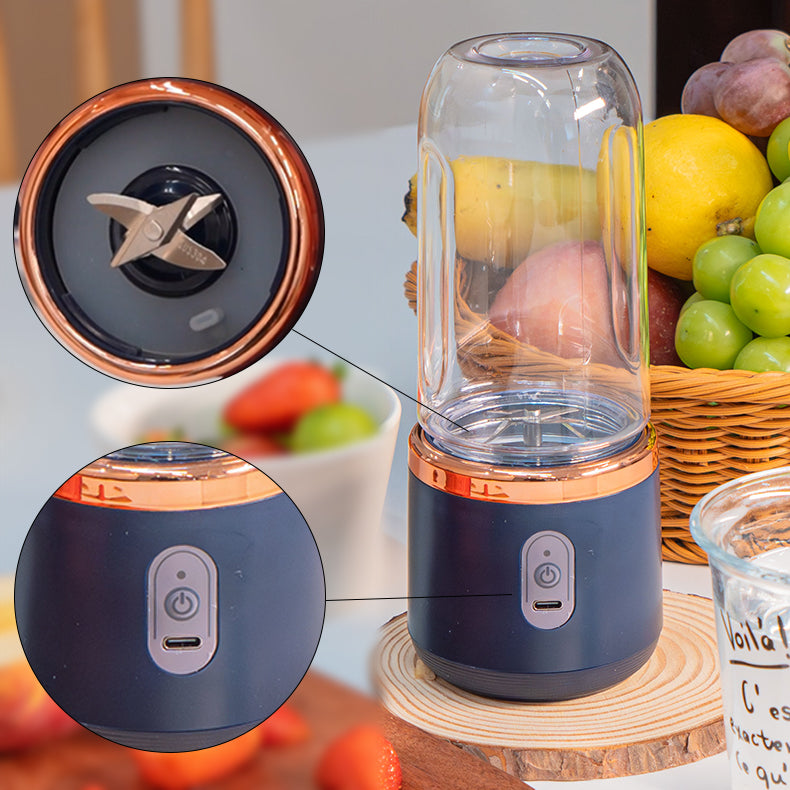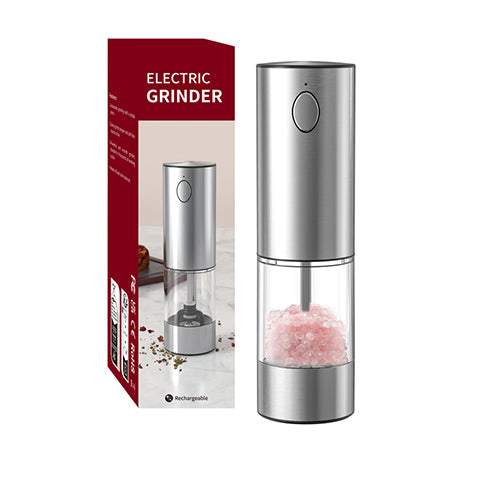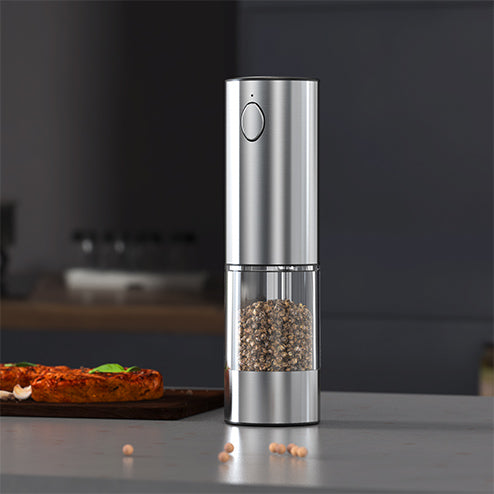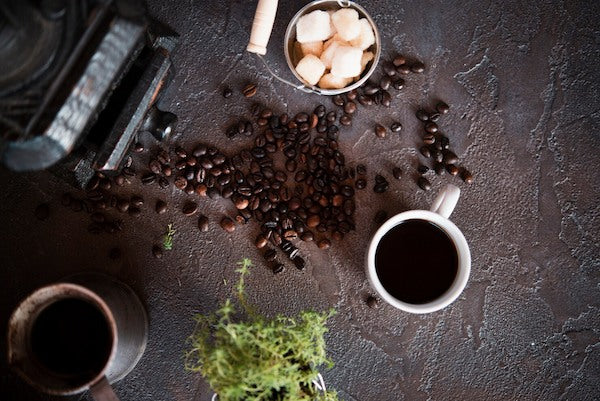There’s nothing quite like the thrill of slicing into a perfectly cooked ribeye, only to find that it’s either overdone or not quite there yet. Frustrating, right? Don't worry, try sous vide—the game-changer that guarantees your ribeye will always hit the mark. With precise temperature control, sous vide makes it nearly impossible to mess up, delivering steakhouse-level results right at home. In this guide, we’ll cover everything from picking the ideal ribeye to nailing the ribeye sous vide time and temperature, and finally, the all-important sear. Get ready to cook sous vide ribeye like a pro without breaking a sweat!

Why Sous Vide Cooking Ribeye?
Sous vide cooking offers several advantages, especially for ribeye steaks, which are known for their rich flavor and tenderness.
- Precision: Sous vide allows you to cook the steak to the exact desired doneness. The water bath maintains a consistent temperature, preventing overcooking.
- Flavor Retention: Cooking in a vacuum-sealed bag locks in juices and flavors, producing a more succulent steak.
- Even Cooking: The sous vide method ensures that the entire steak is cooked evenly from edge to edge.
- Flexibility: Once the steak is in the water bath, you can focus on other meal components without worrying about timing.
How to Choose the Perfect Ribeye Steak?
Choosing the perfect ribeye steak for sous vide is like finding the right key for a lock—it unlocks the true potential of your meal. Sous vide prime ribeye, with its rich marbling and ideal thickness, ensures every bite is as juicy and flavorful as intended. Here are key factors to consider when choosing your ribeye.

- Marbling: First, look for marbling; that's the little white flecks of fat throughout the meat. Think of marbling as your steak's natural flavor sprinkler system—the more, the merrier (and the juicier!).
- Thickness: Aim for thickness. A thick cut (about 1.5 to 2 inches) is your best bet for achieving that dreamy, steakhouse-style char on the outside while keeping the inside juicy and pink. Thin steaks can overcook faster.
- Uniformity: You'll want a steak that’s even in thickness to avoid the dreaded half-rare, half-charcoal scenario.
- Go Fresh, Avoid Frozen: Whenever possible, choose fresh over frozen. Freezing can make the meat lose some of its tenderness and flavor.
- Color and Smell: Look for a steak that’s a rich, cherry-red color. A good ribeye doesn’t need to be the life of the party, but it shouldn’t look like it's been sitting out all night either. And give it a sniff—if it smells off, it's a no-go.
Sous Vide Ribeye Temp and Time
Getting the temperature and timing right is essential for perfect sous vide bone in ribeye or boneless ribeye. Different doneness levels require different temperatures and time.
- Rare (120°F / 49°C, 1-2 hours): At this low temperature, your ribeye retains a vibrant red center, offering a texture that is incredibly tender and juicy, ideal for those who savor the natural, robust flavors of the beef.
- Medium Rare (130°F / 54°C, 1-4 hours): Sous vide ribeye medium rare is the sweet spot for many steak lovers. The meat cooks to a rich pink warmth, providing a perfect balance between tenderness and a slight chewiness, enhancing both moisture and flavor.
- Medium (140°F / 60°C, 1-4 hours): As the temperature rises, the pink in the center fades to a lighter shade. The steak becomes firmer yet remains moist, appealing to those who prefer their steak cooked through but not dry.
- Medium Well (150°F / 65°C, 1-3 hours): Here, only a trace of pink remains, and the texture grows noticeably firmer. It's less juicy, but still offers a bit of softness, perfect for diners who like their steak a bit more on the done side without reaching full dryness.
- Well Done (160°F / 71°C, 1-2 hours): Cooking your steak at this level ensures it's browned all the way through, achieving a very firm texture. This option is for those who enjoy their steak fully cooked, trading juiciness for the certainty of doneness.
To help you visualize the ideal settings for your ribeye, here's a handy sous vide ribeye steak time temp chart:
|
Doneness |
Temperature |
Time |
|
Rare |
120°F (49°C) |
1-2 hours |
|
Medium Rare |
130°F (54°C) |
1-4 hours |
|
Medium |
140°F (60°C) |
1-4 hours |
|
Medium Well |
150°F (65°C) |
1-3 hours |
|
Well Done |
160°F (71°C) |
1-2 hours |
Step-by-Step Guide to Sous Vide Ribeye Steaks
Now that you’ve selected your ribeye and know the temperature, it’s time to cook. Follow these simple steps of ribeye sous vide recipe for a delicious sous vide ribeye roast.

Step 1: Prepare the Steak
Generously season your ribeye with salt and pepper. You can also add herbs like rosemary or thyme for extra flavor. Then place the seasoned steak in a vacuum-sealable bag. Use a vacuum sealer to remove air and seal the bag tightly.
Step 2: Set Up the Sous Vide
Fill your sous vide container or pot with water and attach the sous vide precision cooker. Set the proper sous vide ribeye temperature according to your desired doneness. For cooking ribeye to perfection, it's important to maintain a precise temperature. With a cooker like the SCHWUA Sous Vide Machine, you can effortlessly manage this. Just set the temperature for your desired doneness, using the convenient app to make adjustments or monitor the progress remotely.
Step 3: Cook the Steak
Once the water reaches the desired temperature, submerge the sealed ribeye bag. Cook the steak for the recommended time to the doneness you prefer based on the chart above.
Step 4: Finish the Steak
After cooking, remove the bag from the water bath and take the steak out. Pat it dry with paper towels to ensure a good sear.
How to Sear Your Steak After Sous Vide Beef Ribeye?
The final sear on your sous vide rib eye steak is a step that you can't skip. This crucial process introduces a deliciously crispy exterior that contrasts beautifully with the tender, evenly cooked interior. Achieving the perfect sear locks in those succulent juices and creates a complex flavor profile that only high-heat can bring. Follow these steps for a perfect sear.
Step 1: Preheat Your Pan
Heat a cast iron skillet or heavy-bottomed pan over high heat. You can also use a grill for a smoky flavor. Add a high smoke-point oil, such as canola or avocado oil.
Step 2: Sear the Steak
Place the steak in the hot pan and sear for 1-2 minutes on each side. Use tongs to press down slightly for an even crust.
Step 3: Add Flavor
For added flavor, you can add butter, garlic, and herbs to the pan during the last minute of searing. Baste the steak with the melted butter for extra richness.
Step 4: Rest Before Serving
Let the steak rest for a few minutes to allow juices to redistribute.
Serve Tips for Sous Vide Rib Eye
Serving your sous vide ribeye properly enhances the overall dining experience. Here are some tips to consider.
1. Cut the steak against the grain for maximum tenderness.
2. Serve with sides like roasted vegetables, mashed potatoes, or a fresh salad.
3. Consider garnishing with fresh herbs or a sprinkle of flaky sea salt for a professional touch.
4. A rich red wine reduction or chimichurri sauce can complement the flavors of the ribeye beautifully.
Conclusion
Sous vide rib steak is a game-changer for meat lovers, offering unparalleled flavor and tenderness. With precise temperature control, you can achieve the perfect doneness every time. By following this guide, you’ll be well-equipped to prepare and serve a stunning ribeye steak that will impress family and friends. Embrace this method to consistently deliver delicious, restaurant-quality steaks right from your kitchen!

